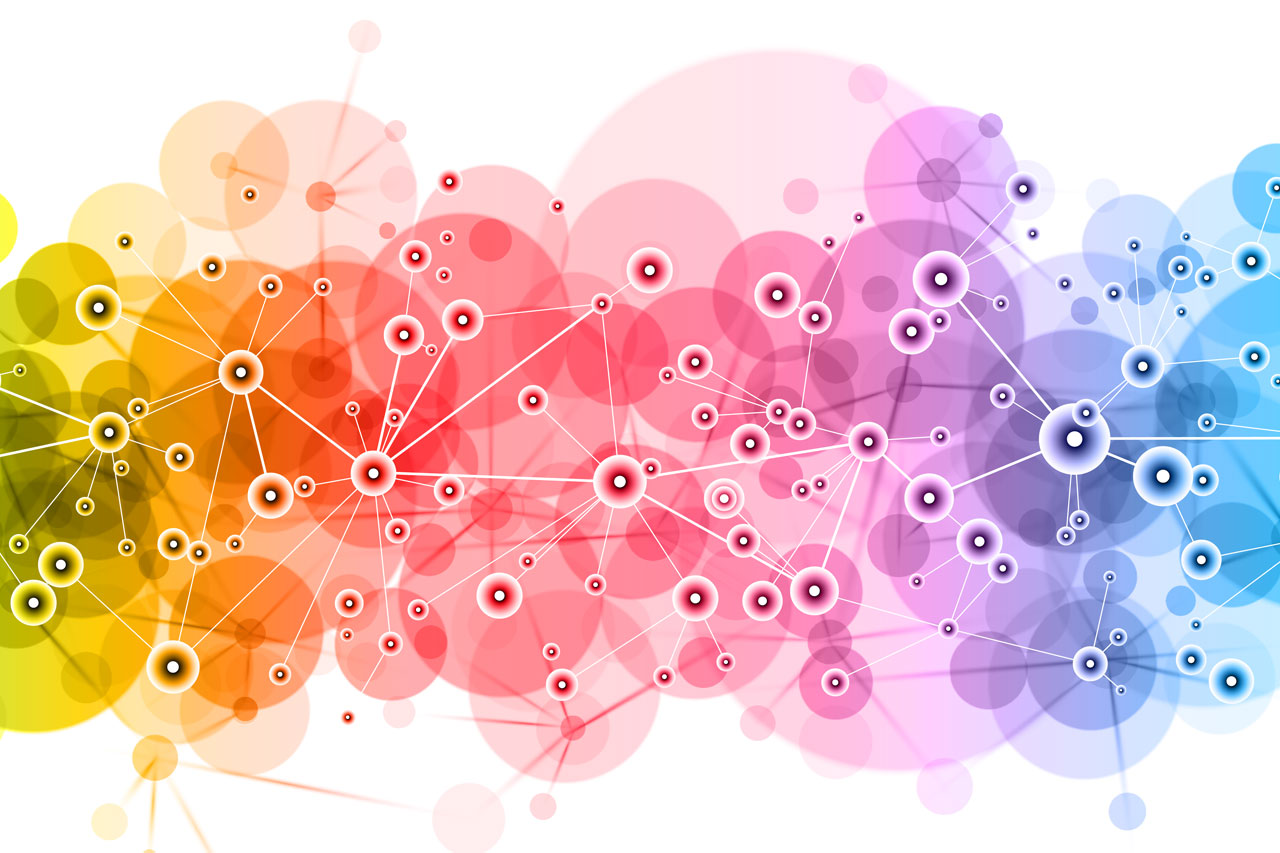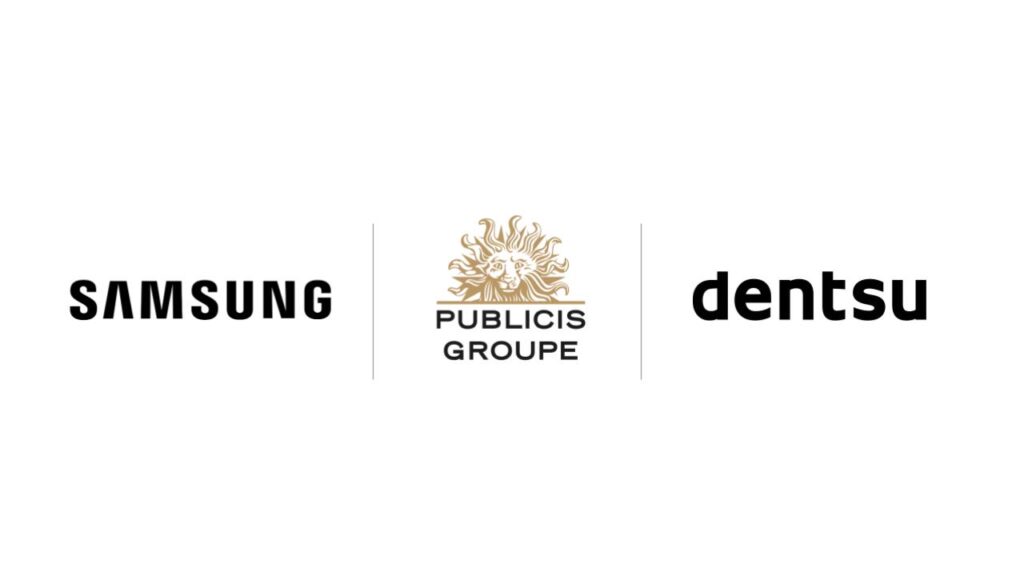Hamish McPharlin, head of Insights at BBC Global News, says that, understood and used the right way, data can fuel creativity.
If there is something that media companies are not lacking in, it is data about their consumers. With the rise in connectivity and an ever-increasing connected user base, we know about our audiences more than ever. The challenge of the age is not access to information; it is knowing how to interpret it, and using that insight to propel creativity.
The advertising industry is a good example. With the rise of digital advertising, never before have we had so much data on the number of views of our ad, the frequency of exposure, the demographic breakdowns, the dwell time, the referral, the click-through rate. Information is not the same as insight, however: understanding the actual effect of viewing the ad – in the mind of the consumer – often remains out of reach.
“The challenge is not access to information; it is knowing how to interpret it, and using it”
The seduction of ‘information’ means that, for the most part, advertising strategies become about investing in more ‘accountable’ media; formats that give us more information on views, clicks and dwell times. This can cause issues with formats that are unable to offer that same level of information. One of the most immersive and impactful advertising environments – the television set – often struggles to compete with the stream of information offered by digital advertising; yet, studies for many years have demonstrated the undeniable power of advertising on television.
Brands need consumer insight to be creative, but it is how the data is used that determines whether it is ultimately a benefit or a hindrance. Here is an example: a brand may analyze their last three months’ worth of social media posts to discover which strategies lead to better enga- gement. They may conclude that posts containing emojis get more views, likes and shares than those that do not. As a result, they implement a strategy to only create posts with emojis. This example is simple but shows how using consumer data can easily lead to restricted creativity.
The tale is similar for any strategy that looks at what ‘worked’ and tries to double down on it as a go-forward plan. If you only ever do what was previously shown to be successful, you are sentenced to repeating yourself, forever narrowing the scope of your creativity. Standout ad campaigns are disruptive. They don’t follow the same tried-and-tested methods; instead they build fantastic concepts that might be based on insight, but are fresh, new ideas that don’t come from reverse engineering data.
A few years ago, The AA – a British motoring association selling breakdown cover – did just that. They realized that insight isn’t about data; it’s about what you can learn when you ask ‘why?’ In an industry that mainly uses ‘fear appeals’ to motivate drivers to buy breakdown cover, they put aside these industry norms and opened their minds to new insight.
The AA conducted a consumer study that looked at the real reasons why drivers purchased breakdown cover, and in doing so they realized that many drivers weren’t actually motivated to purchase it because of fear or worry. What emerged was that drivers – particularly new drivers – were more motivated by the idea that roadside assistance liberates you to take to the road and do whatever it is that you want to do; unshackling you from the restrictions of realizing your dreams.
The result was The AA creating an entirely new approach to engaging their audience, in which the message was about freedom, not about concern. This is an example of data driving creativity, but the key is in its usage; the brand used it in a posture of discovery, allowing them to unveil something new about their audience.
At BBC Global News, we also try to use data as a driver of creativity. An example is BBC StoryWorks – our branded content marketing division. Branded content has been a rapidly growing area of our business. It requires a lot of creativity; the brand films that we create are a storytelling device that must be interesting, engaging and shareable. They must carefully thread a very particular needle; they must be inherently valuable content in their own right, while providing a platform for a brand to elegantly get its message across – a challenging prospect by any estimation.
We wanted to understand more about what drives greater engagement with the types of storytelling produced by BBC StoryWorks, to help with our creative process. To do this, we created the Science of Engagement (SoE) toolkit; a research process that looks beyond the typical brand metrics to answer two critical questions:
1. What is nature of the emotional journey that the viewer goes through when consuming the content?
2. To what extent does this emotional journey subconsciously change the way that the brand is perceived by the consumer?
These are deep and involved questions that go far beyond the usual ‘reach, clicks and click- throughs’ that might ordinarily be the judge of the success of the campaign. To accomplish it, the SoE toolkit measures the emotional journey using facial coding technology, and combines this with a psychological Implicit Association Test. This test uses a gamified approach to deftly measure the ‘distance’ between the brand and the attributes that it wants to be associated with. We then carefully analyze the key moments of emotional intensity, and produce an understanding of what worked.
What is important however is how the SoE toolkit is used. Rather than merely measuring each campaign against numerical benchmarks, SoE tests are granular and qualitative assessments of the campaign’s success. The insight looks at the emotional journey second-by-second and interprets what is happening and why. The findings are then fed to the creative team in a way that invites more creativity. Here are some examples:
Insight 1: One campaign was comprised of a series of interviews with film directors on their creative process. We noticed that emotional impact was higher for consumers when the director was from their part of the world. We were able to invite our creative team to think about regional relevance when choosing stories and talent for future global campaigns.
Insight 2: A number of campaign tests showed us the power of personal storytelling. When a central character was used, and that character was sufficiently developed in the narrative, emotional response grew. Quite simply, the human condition is to know and engage with others. Events have more emotional impact when an individual character is at the center of them. The viewer’s emotional response becomes tied to the character and allows them into the story. This finding has allowed StoryWorks to become powerful producers of personal storytelling.
This second insight was recently illuminated in a recent Science of Engagement test for Emirates. BBC StoryWorks produced a series of Emirates brand films for the Africa region called Captains of Africa.
The intention of the campaign was to position Emirates as the quintessential African airline for Africans traveling abroad. This required authentic storytelling that would resonate deeply with the African audiences.
“Art must be free to be bold, to take risks, to push into new territories. Great research is not an instructor on this journey. It is a companion”
The films were a series of personal stories of remarkable African individuals and their love and appreciation of their culture and community. For example, one film centered on Shanelle, an international model based in Kenya. We learn about her global travel and demanding job, but we also learn of how – despite the allure of the catwalks in London, New York, and Milan – she is never settled until she returns to her home in Kenya. Her love for her community and culture shines through in the film and was reflected in the SoE test. Critically, the Implicit Association Test – which measured the subconscious association between Emirates and African pride – produced an uplift greater than any other SoE test to date.
Our SoE toolkit research illuminates aspects of how the human mind processes video and takes on information. We can then take these principles on board to help optimize the storytelling in brand films for maximum impact – demonstrating the success of the campaign far beyond the traditional traffic metrics of clicks and dwell times. What is key is that SoE is well positioned to discover insights that propel new ideas, rather than lock the creative team into a repetition of previously successful strategies.
Last year, we took a fresh new look at our SoE data through the lens of memory, to understand how enduring a brand and its message are in the mind of the consumer. How long are things remembered, and what drives greater memory of a brand message? In our study, The Science of
Memory, we teamed up with neuroscientists to measure the second-by-second rate of long-term memory encoding occurring in the brain during viewing of branded content. By coupling this with our second-by-second emotion tracking, we discovered new insights into the relationship between emotion and long-term memory, such as: 1. Emotional intensity is what matters: any emotion can trigger memory encoding; it is the intensity of that emotion that stimulates the memory encoding.
2. When it comes to pacing, earlier is better: We discovered the importance of ‘revving the emotional engine’ early, to set the emotional stakes at a pitch that would ensure a lasting engagement with the content.
3. Cinematic techniques can stimulate memory: unique cuts, use of lighting and juxtapositions of sight and sound can manually jump-start memory encoding.
The insights allowed us again to use data to drive creativity; but the key always remains how the insights are used. SoE and the Science of Memory study had one thing in common: insights were not used to create a ‘recipe for success’ that could then be handed to the creative teams to use. In truth, no such recipe exists – the power of creativity comes as much from inspiration as it does from knowledge. Great research uses science to unveil the power of the art, but it does not tell the art how to behave. Art must be free to be bold, to take risks, to push into new territories. Great research is not an instructor on this journey. It is a companion.
This piece was part of Communicate’s September print edition.







